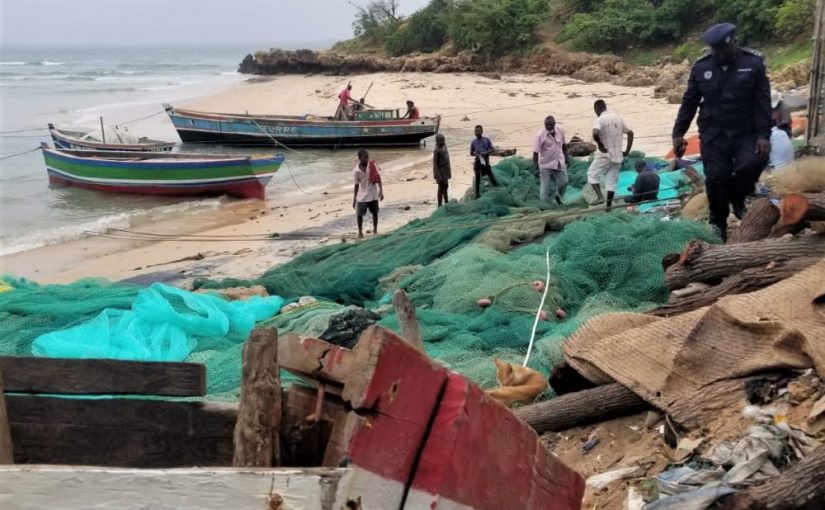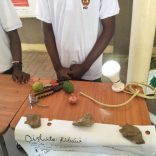Mozambique: Prime Minister invites Japanese businesspeople to boost investment - Watch
Mozambique: Artisanal fishing involves nearly 400,000 people ,more than 42,000 vessels – survey

FILE - For illustration purposes only. [File photo: Noticias]
Artisanal fishing in Mozambique involves almost 400,000 workers and more than 42,000 vessels across both inland and maritime waters, according to the 2022 census, the final report of which was released this Friday.
The Artisanal Fishing and Aquaculture Census (CEPAA 2022) covered “all territorial areas of maritime and inland waters”, with “the exception of some areas of Cabo Delgado province, for security reasons”, and was for the first time extended to the aquaculture subsector.
The survey, which involved the Ministry of the Sea, Inland Waters and Fisheries and the National Institute for the Development of Fisheries and Aquaculture, among other partners, covered 1,600 fishing centres throughout the country, of which 889 are in inland waters and 711 in maritime waters.
It identified 397,688 people involved in artisanal fishing, including 110,518 fishers operating with boats, 164,439 fishers working without boats and 122,731 professionals in other “activities along the artisanal fishing value chain, especially carpenters and ship mechanics, netters, fish processors and traders”.
Of the total number of people involved in artisanal fishing in Mozambique, 24.2% are women, “who are the most representative of those who carry out the activity without boats”.
“This statistical operation recorded 100,780 conventional fishing gears, of which the largest number are gillnet gears, with around 61.0%. Tete province has the largest number of conventional gears in the country, with around 30.0% of the total,” the final report, carried out with technical support from the National Statistics Institute (INE), adds.
It also states that 42,723 vessels were registered, 1,986 of which were motorized.
“The vessels are, for the most part, dug-out canoes (54.4%), which are mainly concentrated in the provinces of Tete and Zambézia, followed by moma-type canoes (16.4%),” the report says.
Regarding aquaculture, the census details 21,751 registered operators, of which 12,899 are owners of aquaculture units, including individuals and associates, with 8,852 workers, of whom 31.8% are women.
The aquaculture activity in the country, according to the type, “is mostly subsistence”, equivalent to 42.9%, and artisanal, 46.79%, with the remainder, “less than 10.1%”, classified as semi-industrial, industrial, experimental, research and training.
CEPAA recorded 11,413 aquaculture production units, of which 10,518 are tanks.
A total of 2,120 community-based organizations (OBCs) involved in artisanal fishing and aquaculture were also surveyed, with more than half of these (1,264) being Savings and Rotating Credit groups, followed by Community Fishing Councils (395), aquaculture associations (245) and fishermen’s associations (116).
The study also identified 436 support infrastructures for fishing and aquaculture, including 179 vessel building yards, 78 fish markets, 77 fishmongers, 39 supply stores, 33 engine yards and 30 ice factories.












Leave a Reply
Be the First to Comment!
You must be logged in to post a comment.
You must be logged in to post a comment.